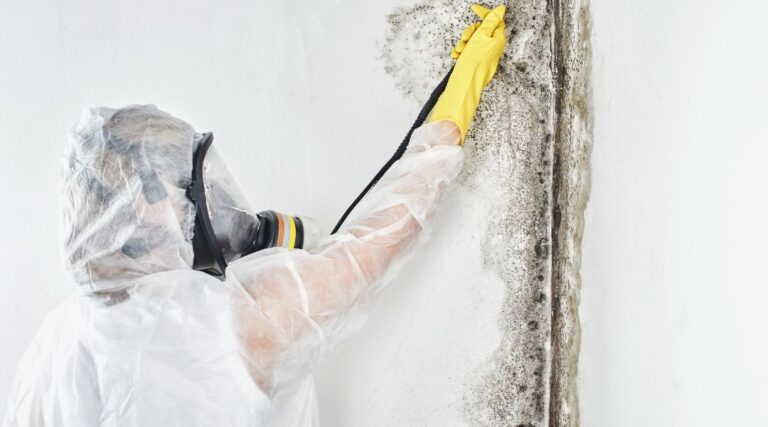Mold Removal vs. Mold Remediation: Understanding the Difference

Mold is a form of fungi that grows easily in areas that are usually moist or that are prone to collecting water. This is how it reproduces, by spreading small spores across the room and the rest of the house through the air. Mold spores in carpets go through a germination process once they find themselves in areas with moisture; this often results in discoloration, the production of a musty smell, and even structural compromise. Mold can also cause health complaints and is potentially dangerous to some people, particularly those that have allergies, asthma, or are immunocompromised.
Mold Removal: A Surface-Level Approach
Mold removal might be defined as processes that involve direct wiping out of mold growth from surfaces. Such treatments frequently include washing the affected zones with special cleaning and disinfecting agents. To sum up, the objective of mold remediation is to eliminate mold that is apparent on the surface of the affected areas, such as the walls, the above ceiling, and the floor.
Mold removal, however, works very well in removing the mold that is easily visible to the naked eye; however, there is always the mold spore, which is very tiny and can easily be invisible, and its main disadvantage is that it cannot be removed from the environment. Molds are known to be always present in the house and even in the air outside the house, and the spores are capable of remaining inactive until they create the chance to grow.
Most often, the process of removing mold is regarded as partial since it eradicates only the visible mold but does not eliminate the fundamental reason for its appearance, namely, moisture. Failing to control the cause of moisture can result in the mold penetration, causing the problem to reoccur.
Mold Remediation: A Comprehensive Solution
Mold remediation, on the other hand, is a process of addressing molds in a much more substantial and productive way so that the mold problem can be solved permanently. Valid methods of mold remediation in San Diego begin with an investigation of the problem area in order to determine the extent of infestation. Habitat is the first thing that the professionals will do, and this will establish the extent of the mold growth and source of moisture. This is important in formulating a proper remediation schedule that would enhance the work environment.
Mold cleaning resolves issues in a short time, thereby giving a temporary solution, while mold cleaning provides a permanent solution to the problem by avoiding future occurrences of mold formation.
Mold removal can be done by the occupants or general contractors, while mold eradication needs to be dealt with by professionals with certification since they know how to detect, isolate, and remove mold. Mold remediation by professionals also involves the use of special equipment like high efficiency particulate air vacuuming and air scrubbing.
Mold removal is usually cheaper because it involves only cleaning the surface of a structure, while mold remediation is relatively expensive since it is a thorough process. Nonetheless, remediation costs are substantially higher in the long run, especially if the building owner loses their property to mold colonies infesting the structure.
Final thoughts
Although mold removal and mold remediation are important in managing mold issues, there is a slight difference between the two. Mold remediation is the act of eradicating mold and its different forms from a particular area, usually a short-term solution. Mold removal, on the other hand, is a more intensive process that not only removes the mold but also deals with the source of the problem as well as provides an added layer of protection from future mold growth.







